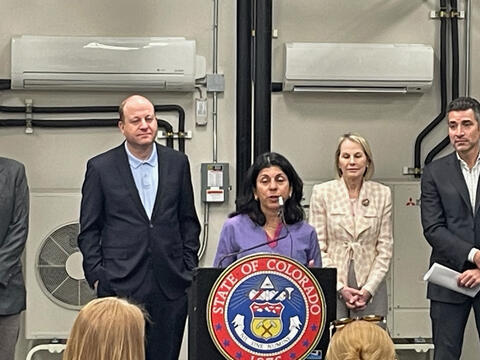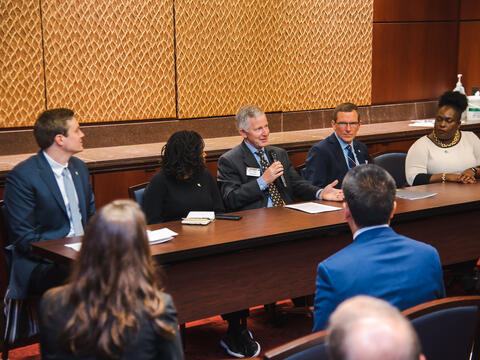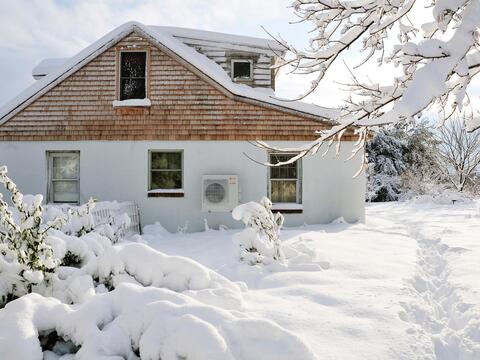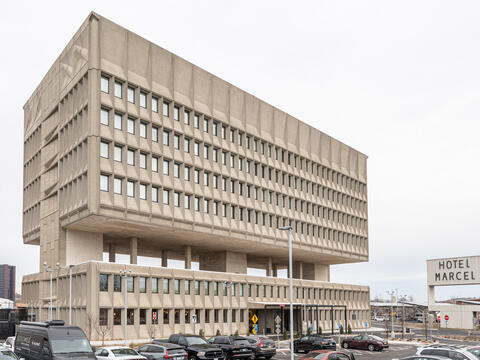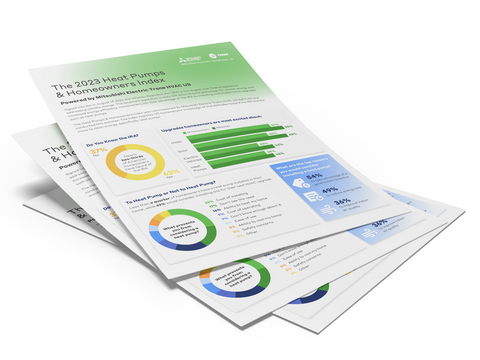Decarbonization Countdown: What’s in Store for Commercial HVAC Systems
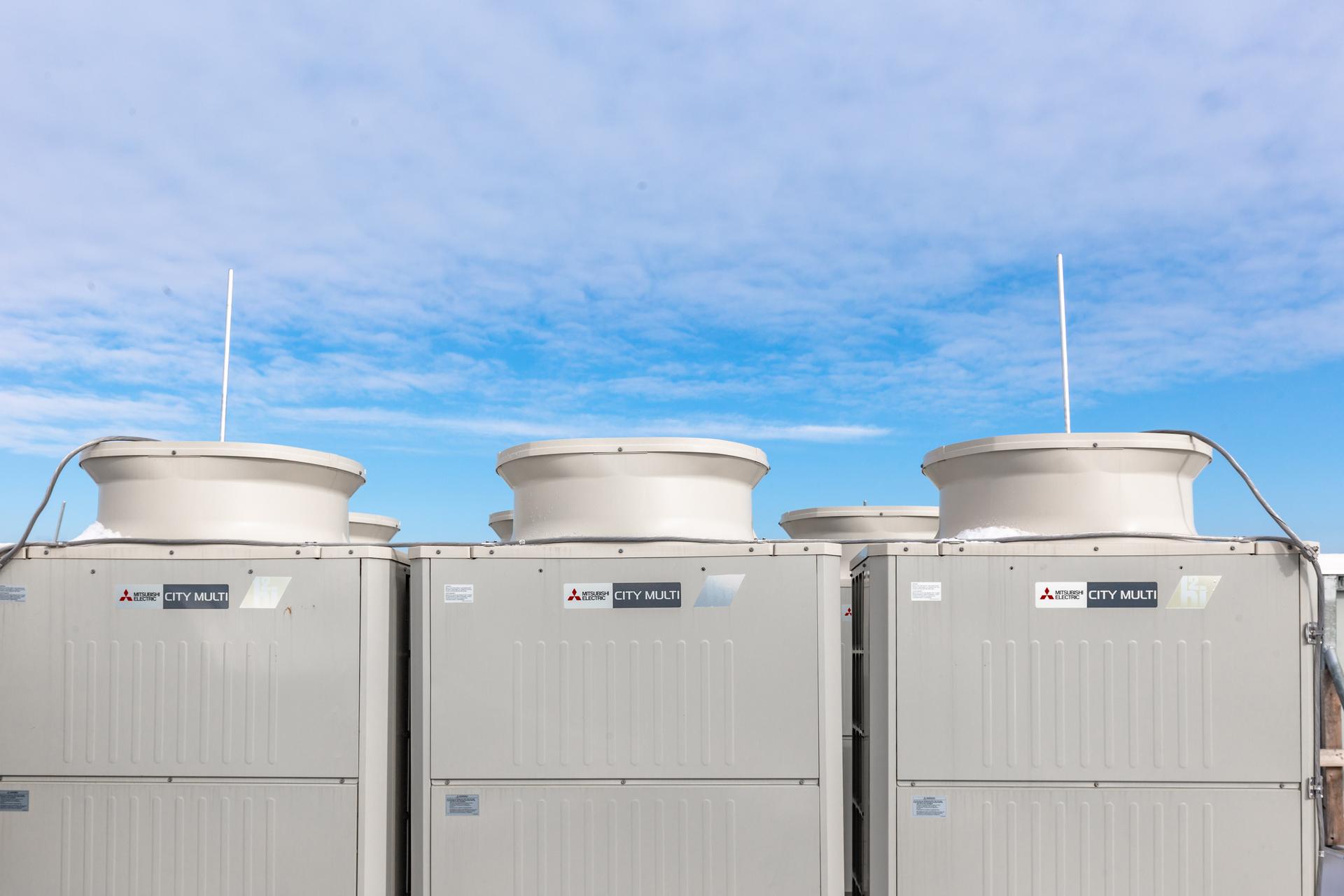
Although 90% of executives think sustainability is important, just 60% have strategies to address this initiative. As sustainable practices increase, we are finding new ways to reduce carbon emissions, including improvements to commercial HVAC systems.
Introduced last year, the Inflation Reduction Act (IRA) of 2022 incentivizes more sustainable practices in both residential and commercial spaces. The IRA is the U.S. government’s largest climate investment initiative in American history. Signed into law in August 2022, the act is projected to reduce greenhouse gas (GH) by 31% by 2030.
The IRA and other federal and local government regulations are set to accelerate the adoption of more environmentally friendly equipment. With more than $370 billion in available tax credits, incentives and other financing, the IRA aims to make energy-efficient and sustainable building and renovation more accessible. This includes installing all-electric heat pumps in place of conventional, fossil-fueled HVAC systems to heat and air-condition buildings.
Making energy efficiency a must
On Jan. 1, 2023, the Department of Energy’s (DOE’s) minimum energy-efficiency requirements were enacted for newly manufactured commercial and residential heat pumps and air conditioners. This is the second efficiency increase in commercial HVAC equipment since 2018.
The first phase of the DOE’s initiative involved a 13% increase in minimum efficiency. The second phase, occurring this year, mandates an additional 15% increase in part-load Integrated Energy-Efficiency Ratio (IEER) efficiency.
Reducing reliance on refrigerants
Fugitive emissions – leaks and other releases of gases or vapors released into the atmosphere – contribute to air pollution and climate warming. Releases can be due to equipment leaks, defective seals or joints, or the disposal of equipment such as HVAC systems.
Even though refrigerant leaks are a substantial component of a building's fugitive emissions, refrigerant management is often overlooked as an important part of decarbonization.
In December 2022, the Environmental Protection Agency (EPA) outlined its strategy to prohibit using high global warming potential (GWP) hydrofluorocarbons (HFCs) in new air-conditioning and commercial-refrigeration systems. The EPA’s proposed rulemaking is part of the American Innovation in Manufacturing (AIM) Act that has been in law since December 2020. The Aim Act authorizes the EPA to address HFCs in these three main ways:
- Phasing down their production and consumption
- Maximizing reclamation and minimizing releases from equipment
- Facilitating the transition to next-generation technology
The AIM Act also allows the EPA to limit the use of GWP HFCs in aerosols, foams, refrigeration, air-conditioning and heat pump products and equipment.
The EPA also has the authority to phase down the production and usage of HFCs by 85% by 2036.
The rule outlines a two-stage restriction process. Manufacturing or importing affected products will be banned by 2025 or 2026, depending on the industry sector. This will be followed a year later by prohibiting the selling, distributing, exporting or engaging in any activities related to those products.
Variable refrigerant flow (VRF) systems have been helping to reduce the amount of refrigerant used in commercial HVAC while still providing efficiency and comfort. Newer hybrid VRF models leverage water to cut down the use of refrigerants even more.
Elevating electrification
Building operations in the United States cause almost one-third of energy-related CO2 emissions. Electrification is one of the top ways to decarbonize commercial buildings.
Electrification is when commercial properties replace fossil-fuel-reliant equipment like gas-powered HVAC systems and ovens with energy-efficient, all-electric heat pumps and ovens. Replacing fossil fuel-based HVAC systems with all-electric ones could reduce energy usage by more than 40% and carbon emissions by at least 75%.
Joining in on the decarbonization movement
As of August 2022, 25 states and the District of Columbia have greenhouse gas emissions targets. Some states have also set net-zero targets, and more than 45 states provide utility incentives for using electric equipment in their buildings. 141 U.S. cities have also committed to 100% clean, renewable energy.
Mitsubishi Electric Trane HVAC US is a leading supplier of residential Ductless and Ducted Mini-split all-climate heat pumps and Variable Refrigerant Flow (VRF) heat pump and air-conditioning systems for commercial buildings. By installing Mitsubishi Electric equipment, building owners can take advantage of incentives and tax credits while joining in on the decarbonization movement.


